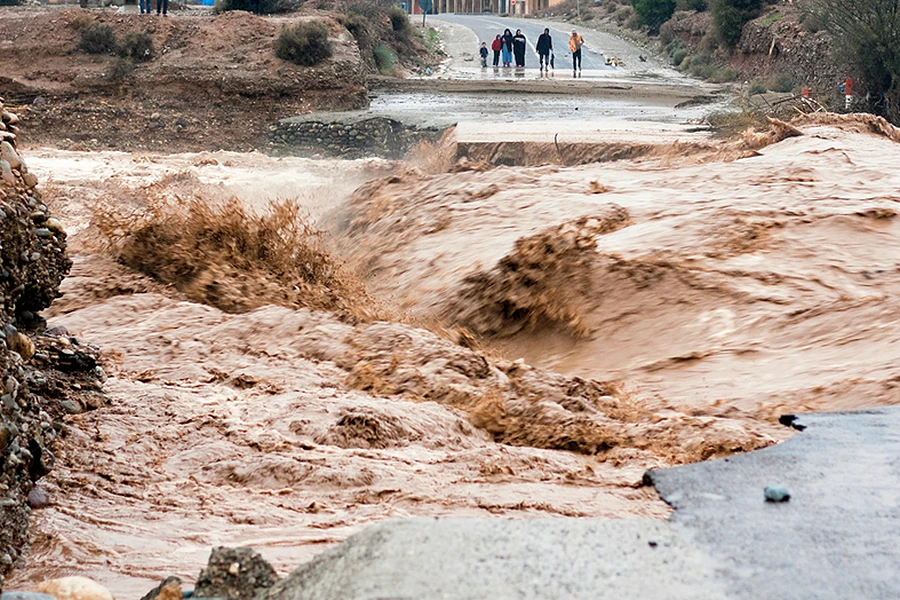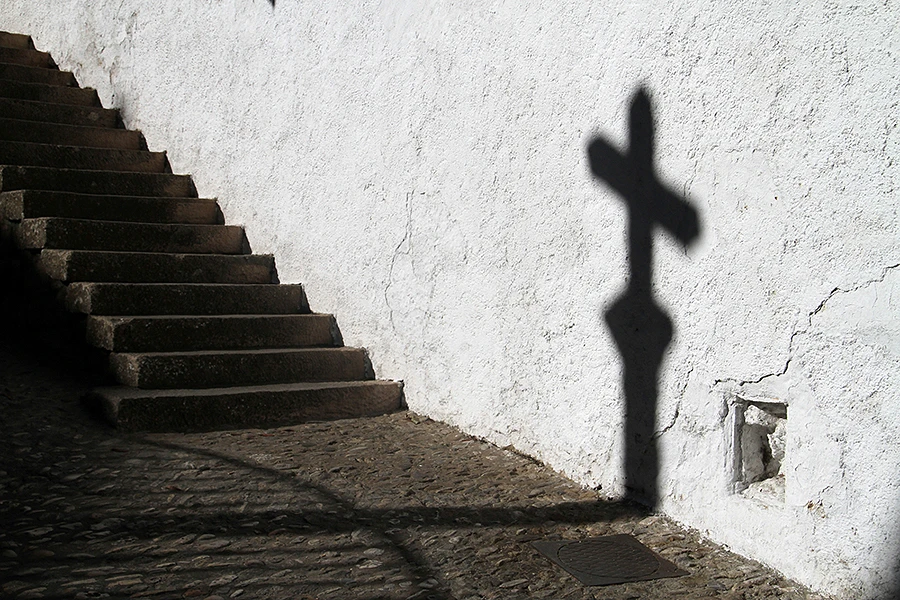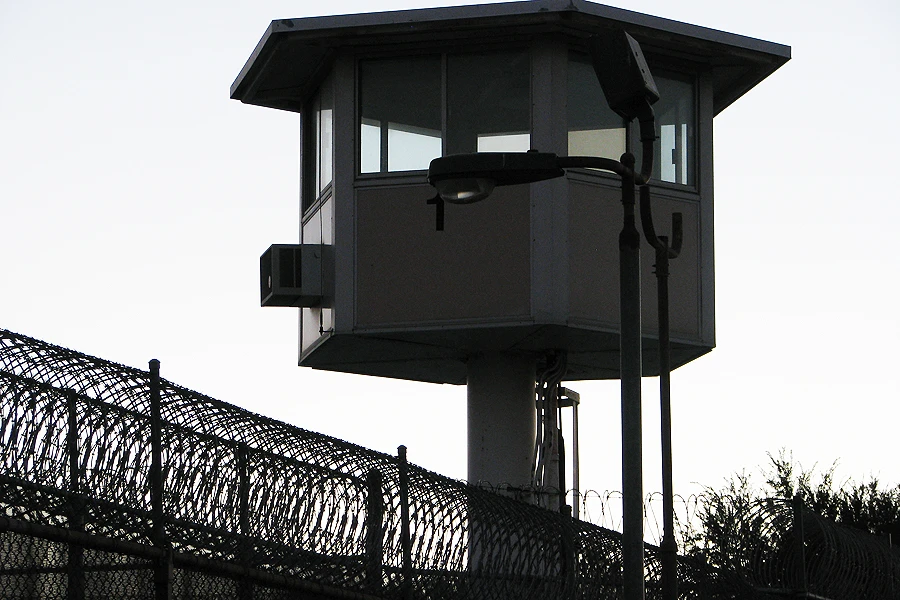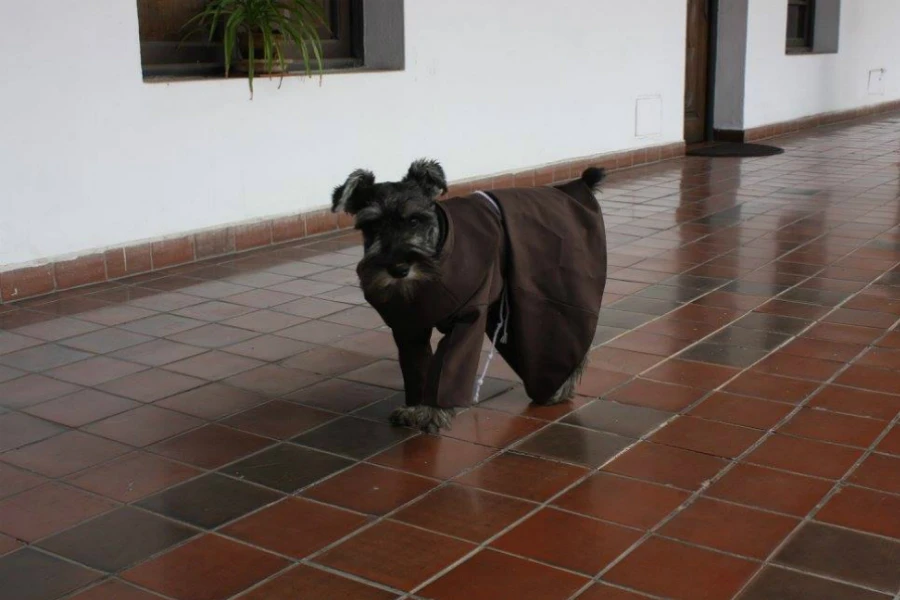
Local bishop: Ongoing messages at Argentine apparition will be kept private
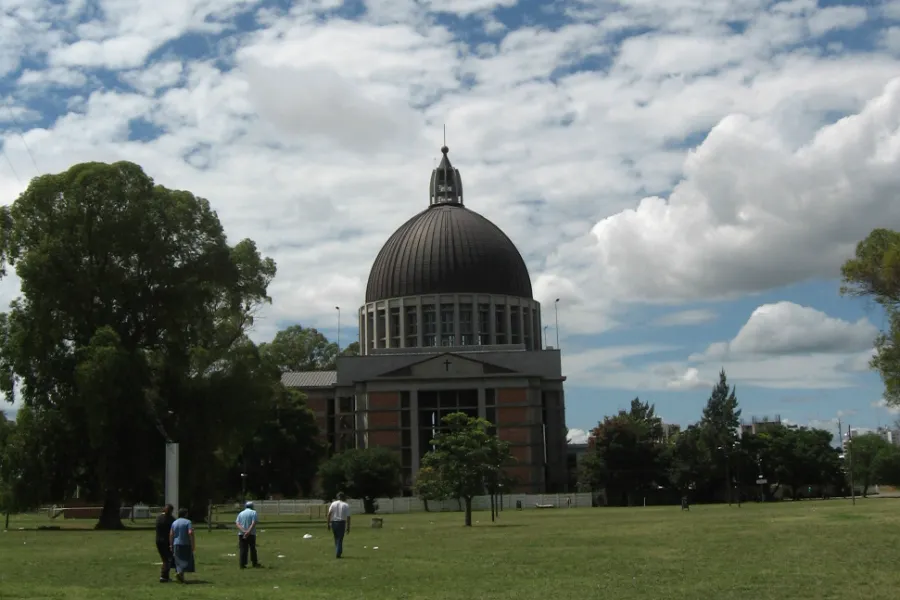
San Nicolás de los Arroyos, Argentina, Mar 21, 2017 / 11:06 am (CNA/EWTN News).- It’s been called the Medjugorje of Argentina.
A now widely-popular apparition of Mary began in the early 1980s when rosaries began to glow in multiple homes in the town of San Nicolás de los Arroyos, a city of 138,000 people about 150 miles from Buenos Aires.
After seeing this phenomenon, local wife and mother Gladys Quiroga de Motta began praying to the Blessed Virgin Mary. Mary first allegedly appeared to Motta on Sept. 25, 1983, as a glowing figure wearing a blue crown and veil.
Motta has only a fourth grade education and no formal biblical or theological schooling. She is the mother of two daughters, and a grandmother. Since 1983, she has continued to receive apparitions and messages from both Christ and Mary, containing calls for peace and warnings about the urgency of conversion for all mankind.
The recent Bishops of San Nicolás de los Arroyos have granted approval of the Marian apparition and have granted official license for the revelations to be published, through what is called an imprimatur in canon law. This means that the content of the messages was not found to be contrary to faith or morals.
The apparition, called Our Lady of the Rosary of San Nicolás, has inspired devotion throughout the region and draws thousands on pilgrimage annually.
Last May, the revelations of the apparitions through 1990 were declared to be “of supernatural origin” and worthy of belief by Bishop Hector Cardelli of San Nicolás de los Arroyos, who retired in September 2016 at the age of 75.
“I recognize the supernatural nature of the happy events with which God through his beloved daughter, Jesus through his Most Holy Mother, the Holy Spirit through his beloved spouse, has desired to lovingly manifest himself in our diocese,” he said at the time.
His successor, Bishop Hugo Santiago, asked in a March 13 video announcement that any further messages from the apparition not be published.
In 1990, Bishop Domingo Castagna had also asked that further messages be kept private. The two following Bishops of San Nicolás de los Arroyos decided to allow the messages’ publication, and so the messages of the apparition through 2015 are published.
Miracle researcher Michael O’Neill of miraclehunter.com told CNA that Bishop Santiago is likely making the decision so that he can familiarize himself with the apparition and avoid confusion among the faithful. He had previously been a priest of the Diocese of Rafaela, and Bishop of Santo Tomé.
“From a practical perspective, Bishop Santiago may not be as familiar with the Marian events of San Nicolás as he wants or needs to be, and therefore while he acclimates himself to the volume, regularity and content of these messages, he may be slowing (the publication of messages) down out of caution and care for the faithful,” O’Neill said in an e-mail interview.
The handling of the messages of the San Nicolás apparition has been particularly challenging because, like those of Medjugorje, the visionary is still alive and still claiming to receive messages. The Church typically does not rule definitively on ongoing apparitions, but waits until the messages have stopped to determine their authenticity. Similarly, a cause for canonization cannot be opened for someone who is still living.
San Nicolás is remarkable in that a portion of the messages from the apparition, those between 1983 and 1990, have been declared supernatural and worthy of belief, putting them on par with other apparitions like Fatima and Our Lady of Guadalupe.
This is because Bishop Cardelli “felt that the messages were so important for the faithful in our modern world and perhaps because he understood that such an approval would happen in many years if the messages were waited out in traditional fashion,” O’Neill said.
When determining whether an apparition is supernatural in origin, bishops consult the Congregation for the Doctrine of the Faith’s 1978 Norms regarding the manner of proceeding in the discernment of presumed apparitions or revelations.
An approved apparition must be free from factual error, with no doctrinal errors attributed to God, Mary, or the saints. Any theological and spiritual doctrines presented must be free of error. The person(s) receiving the messages is/are to be psychologically balanced, honest, moral, sincere, and respectful of church authority. The events cannot be associated with moneymaking or mass hysteria, and must show healthy spiritual fruits.
There is nothing in the messages after 1990 that has been necessarily contentious or contrary to faith and morals, according to O’Neill. Rather, while the almost daily messages have been approved and validated by local bishops, they have not been approved through any formal statement.
Bishop Santiago will continue to receive and examine the messages from Motta, but his decision to keep them private for the time being “seems to bring the events into more clearly defined boundaries for the guidance of the faithful,” O’Neill said.
The messages of the San Nicolás apparition have consistently dealt with “common themes of approved apparitions over the years: prayer, conversion, penance and a return to the sacraments,” O’Neill said.
At various times, the Virgin Mary apparition referred Motta to several Bible verses. One month after the first appearance, the apparition gave her a white rosary and said, “Receive this Rosary from my hands and keep it forever and ever. You are obedient; I am happy because of it. Rejoice, for God is with you.”
Early on in the apparitions, the Virgin Mary asked Motta to find a statue that had been blessed by a Pope and was forgotten in a church. She found the statue Nov. 27, 1983, where Mary had told her to look – in the belfry of the city’s cathedral, where it had been left because it had been damaged and not restored.
The statue in question was of the Mother of God holding the Child Jesus. It had been brought from Rome after it was blessed by Leo XIII. The statue resembled the apparitions Motta had received.
Motta has also received at least 68 visits and messages from Christ.
According to reports, Motta has shared the apparitions’ messages from the beginning and has been obedient to church authorities. She now lives a life of great devotion and keeps a low profile. She reportedly received stigmata – the wounds of Christ – on her wrists, feet, side and shoulder.
There have been several documented healings related to the apparitions, including the healing of a boy with a brain tumor.
Motta has shared about 1,800 messages from the Virgin Mary. Many focus on topics such as peace, repentance, returning to the sacraments, and drawing people closer to Christ.
But there are also messages with an apocalyptic theme, predicting great turmoil for humanity ahead.
“So each new message carries tremendous weight as the newest addition to a larger volume of validated messages and events,” O’Neill said.
Father René Laurentin, an expert on Marian apparitions, recounted the apparitions’ messages in his book An Appeal from Mary in Argentina.
At one point, Mary said: “Many hearts do not accept my invitation to prayer and to conversion. That is why the work of the devil is growing and expanding.”
Mary has also stressed the importance of prayer, especially the rosary, and said that she wanted to cure mankind of the “illness” of materialism.
The apparition of Christ also had many warnings for mankind.
“Today I warn the world, for the world is not aware: souls are in danger. Many are lost,” Christ said in a 1987 apparition. “Few will find salvation unless they accept me as their Savior. My mother must be accepted. My mother must be heard in the totality of her messages. The world must discover the richness she brings to Christians.”
The popularity of the apparition has grown throughout the region, and Bishop Castagna ordered the construction of a shrine as the Virgin had requested. Construction began in 1987 and the shrine was consecrated in 1990. Every year, a massive pilgrimage to the shrine takes place May 22.
O’Neill said he believes that the popularity of and devotion to Our Lady of the Rosary of San Nicolás, and its lack of controversy when compared to Medjugorje, is due to the strong belief in the authenticity of the apparition by the bishops and the local faithful.
O’Neill, who himself has closely studied the apparition, messages and statements of the Bishops of San Nicolás, said he has “seen in the writings and statements of the local bishops there how much they believed it to be an authentic apparition event.”


